Class 10 Exam > Class 10 Notes > Social Studies (SST) Class 10 > Map Based Questions: Minerals and Energy Resources
Map Based Questions: Minerals and Energy Resources | Social Studies (SST) Class 10 PDF Download
Q.1: On the outline map of India provided, locate and label the following five major Iron Ore mining areas:
- Mayurbhanj
- Durg
- Bailadila
- Bellary
- Kudremukh
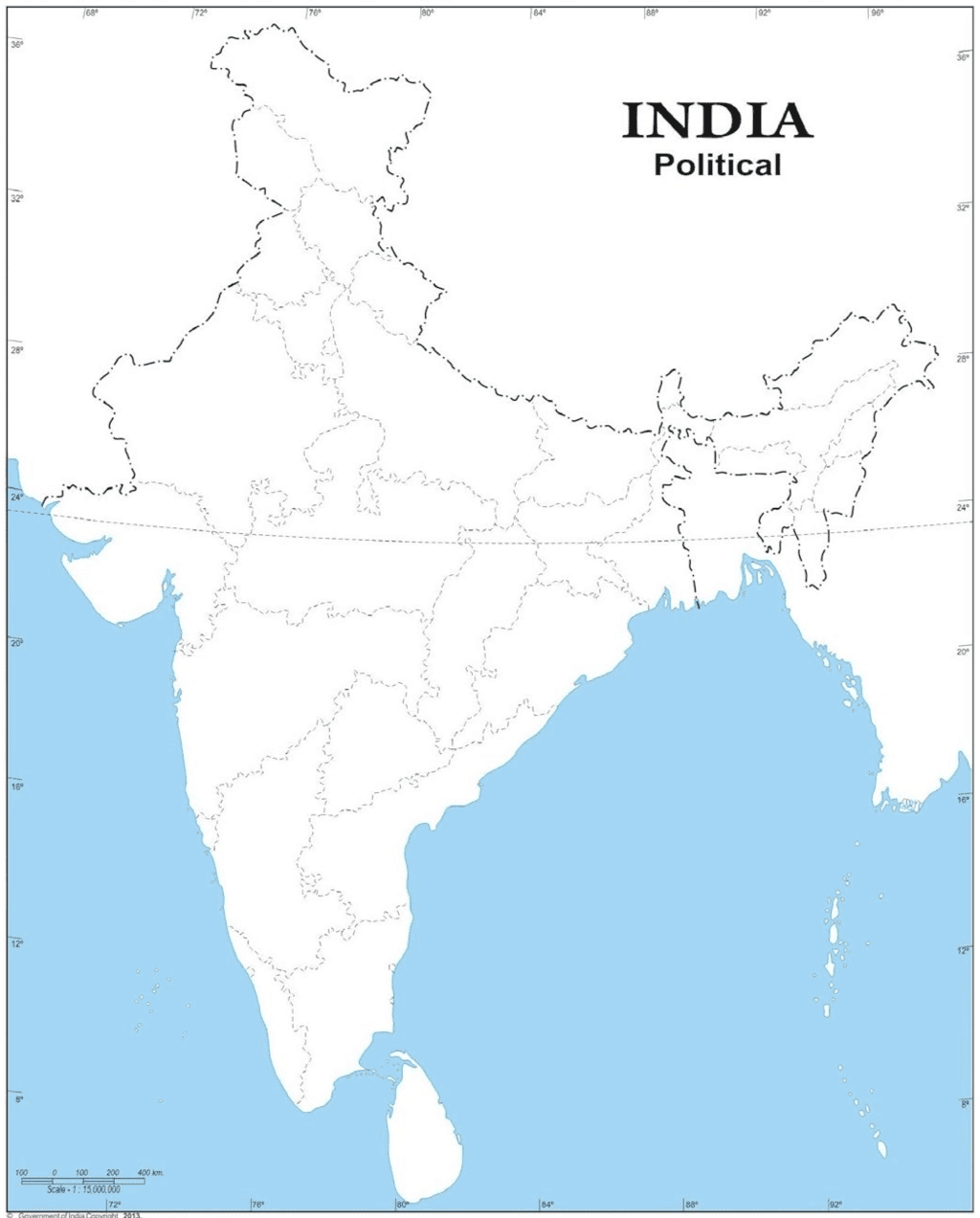
Ans:
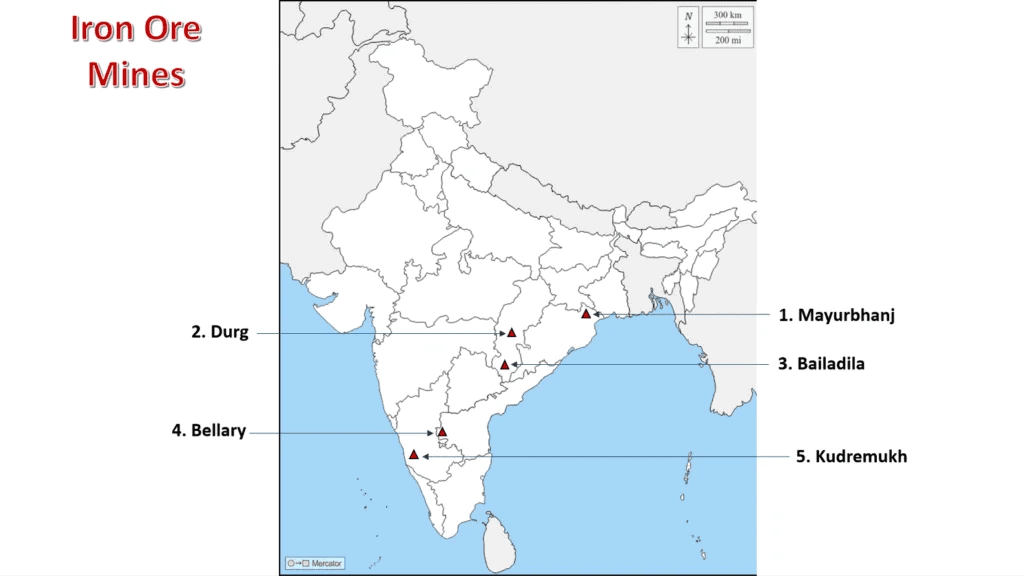
Q.2: On the outline map of India provided, locate and label the following major Coal Mines:
- Raniganj
- Bokaro
- Talcher
- Neyveli
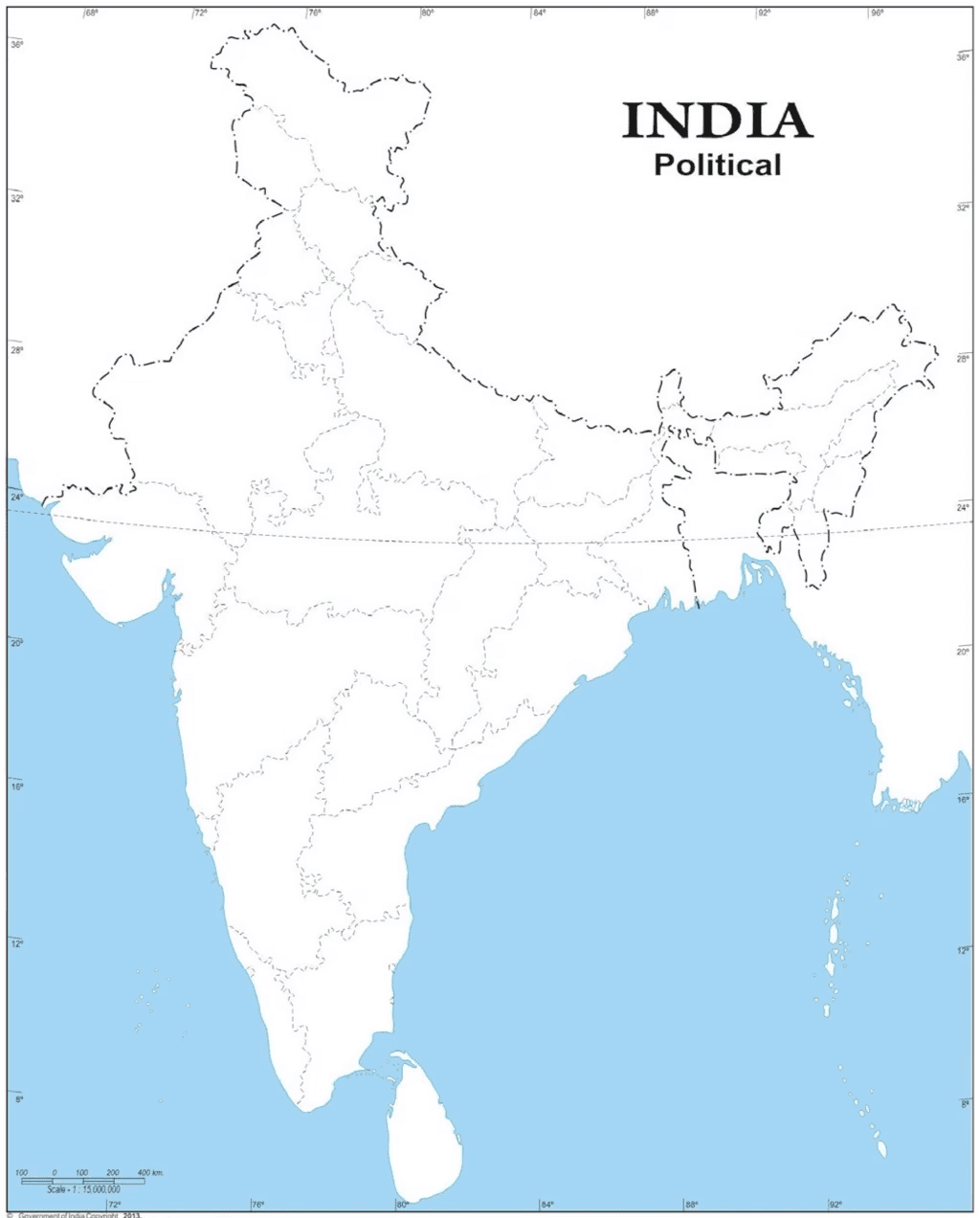
Ans:
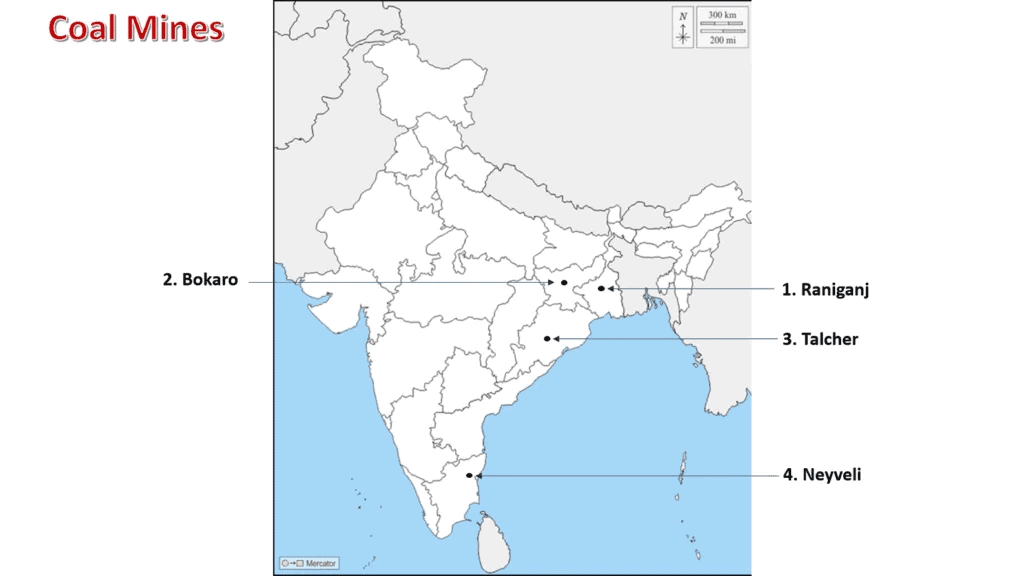
Q.3: On the outline map of India provided, locate and label the following major Oil Fields:
- Digboi
- Naharkatia
- Mumbai High
- Bassien
- Kalol
- Ankleshwar
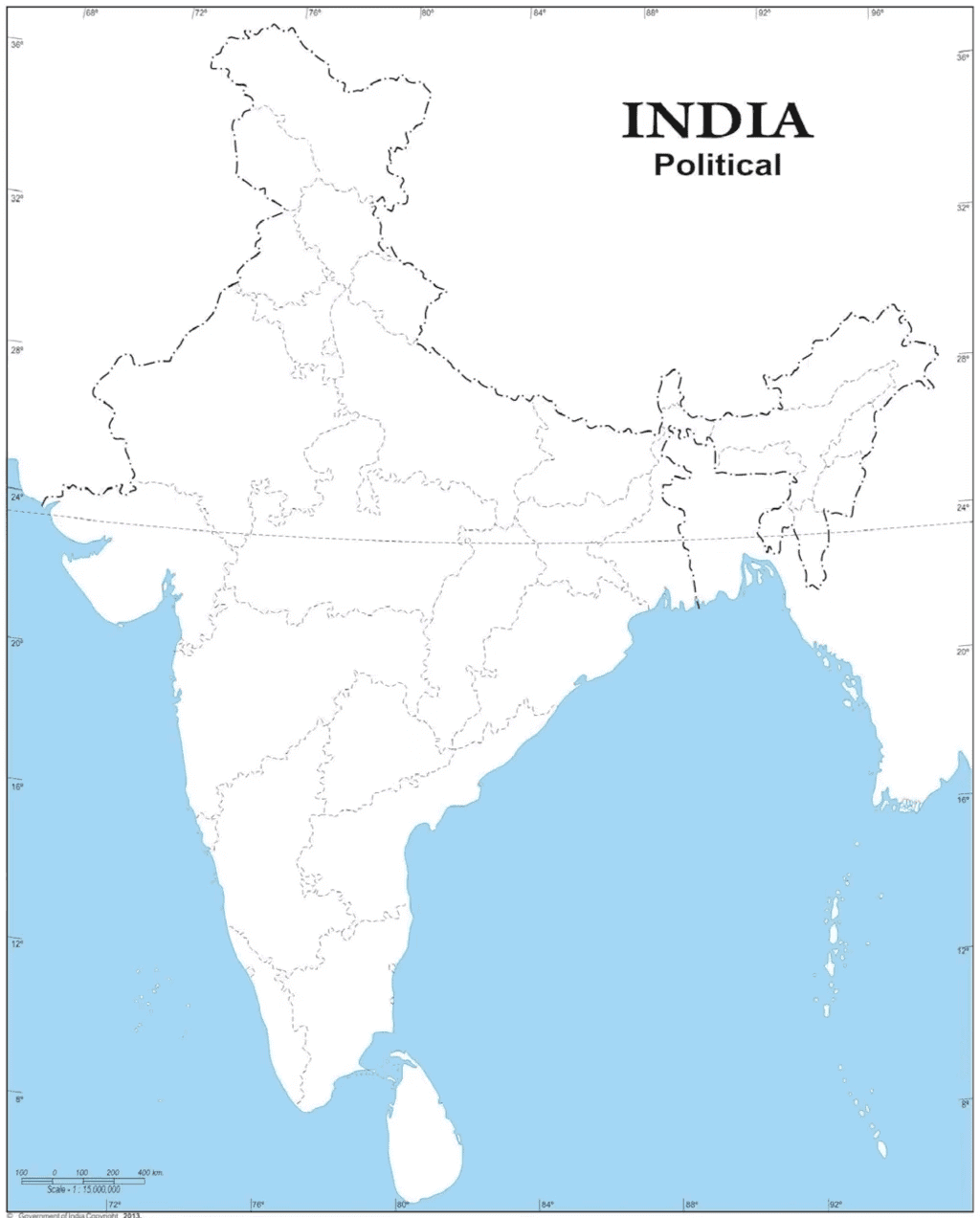
Ans:
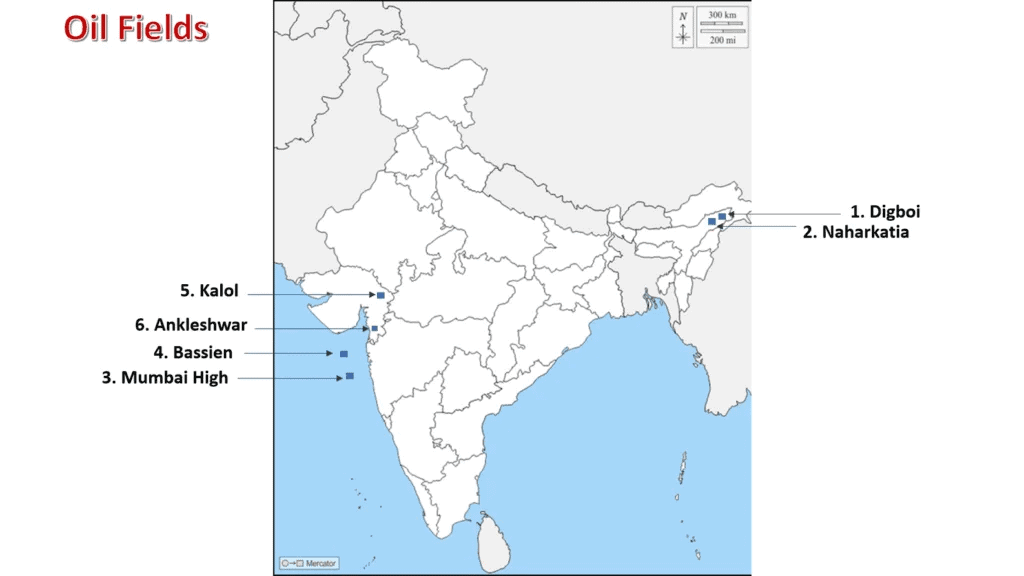
Q.4: On the outline map of India provided, locate and label the following major Power Plants (Locating and Labelling only)
A. Thermal
- Namrup
- Singrauli
- Ramagundam
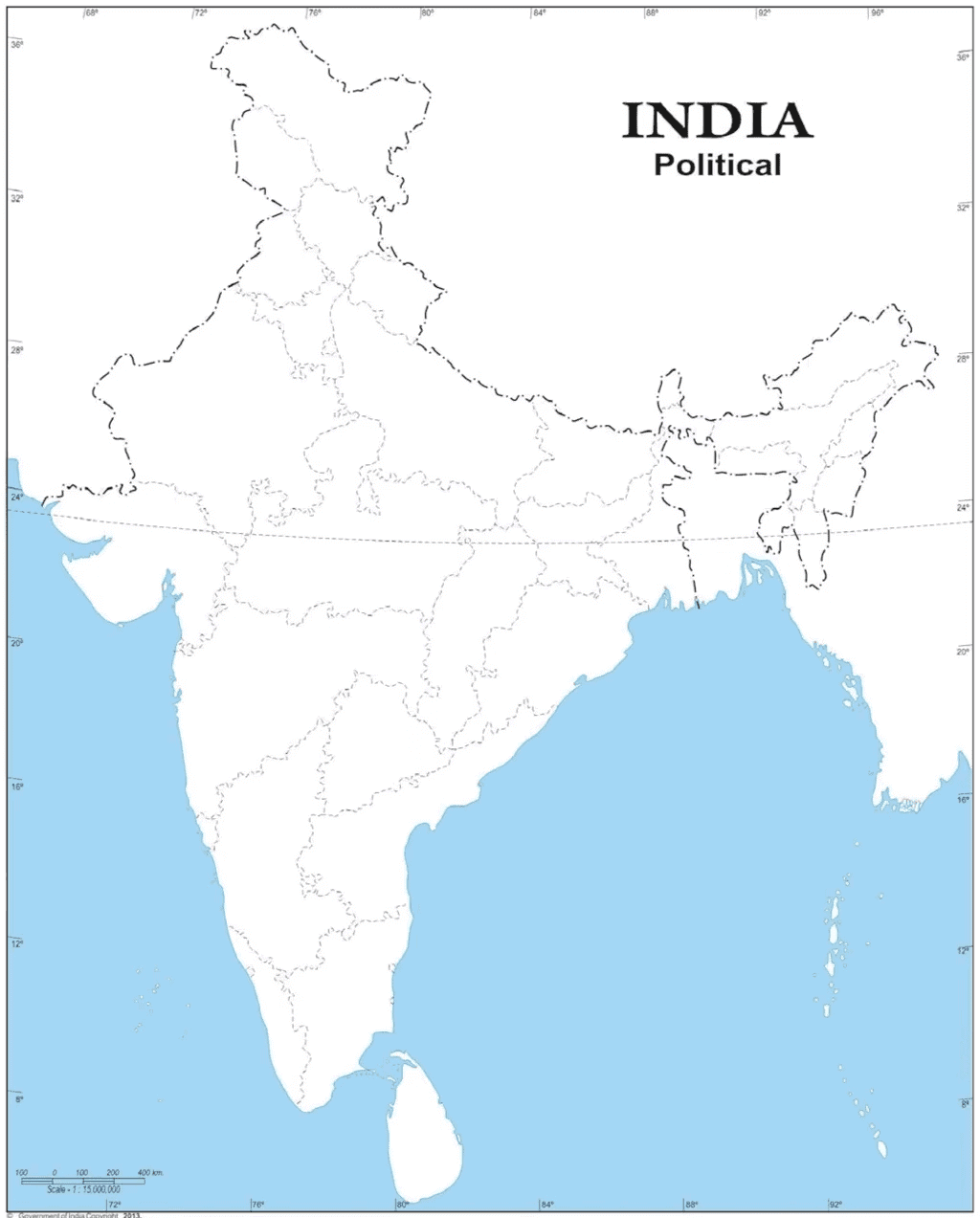
Ans:
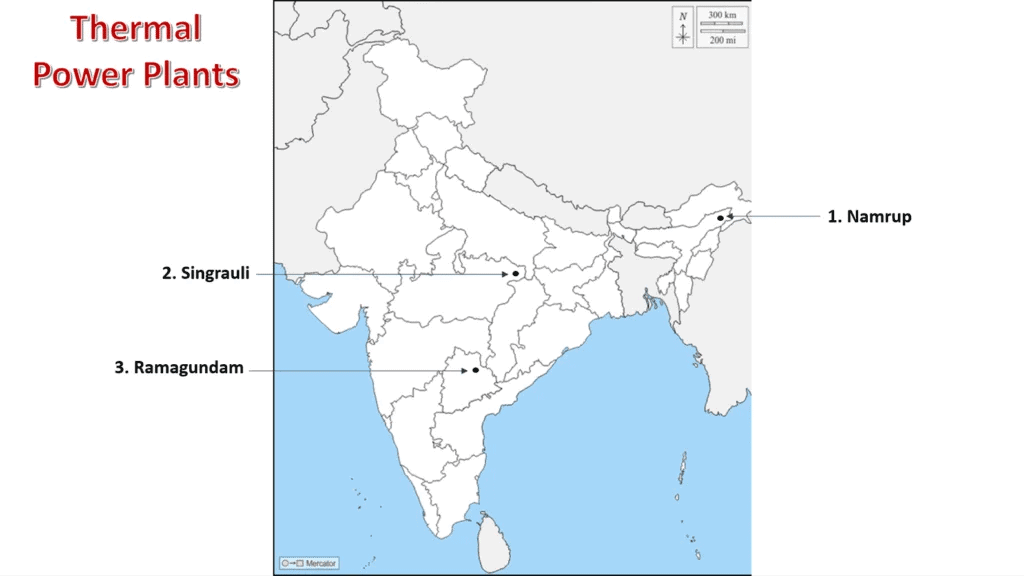
B. Nuclear
- Narora
- Kakrapara
- Tarapur
- Kalpakkam
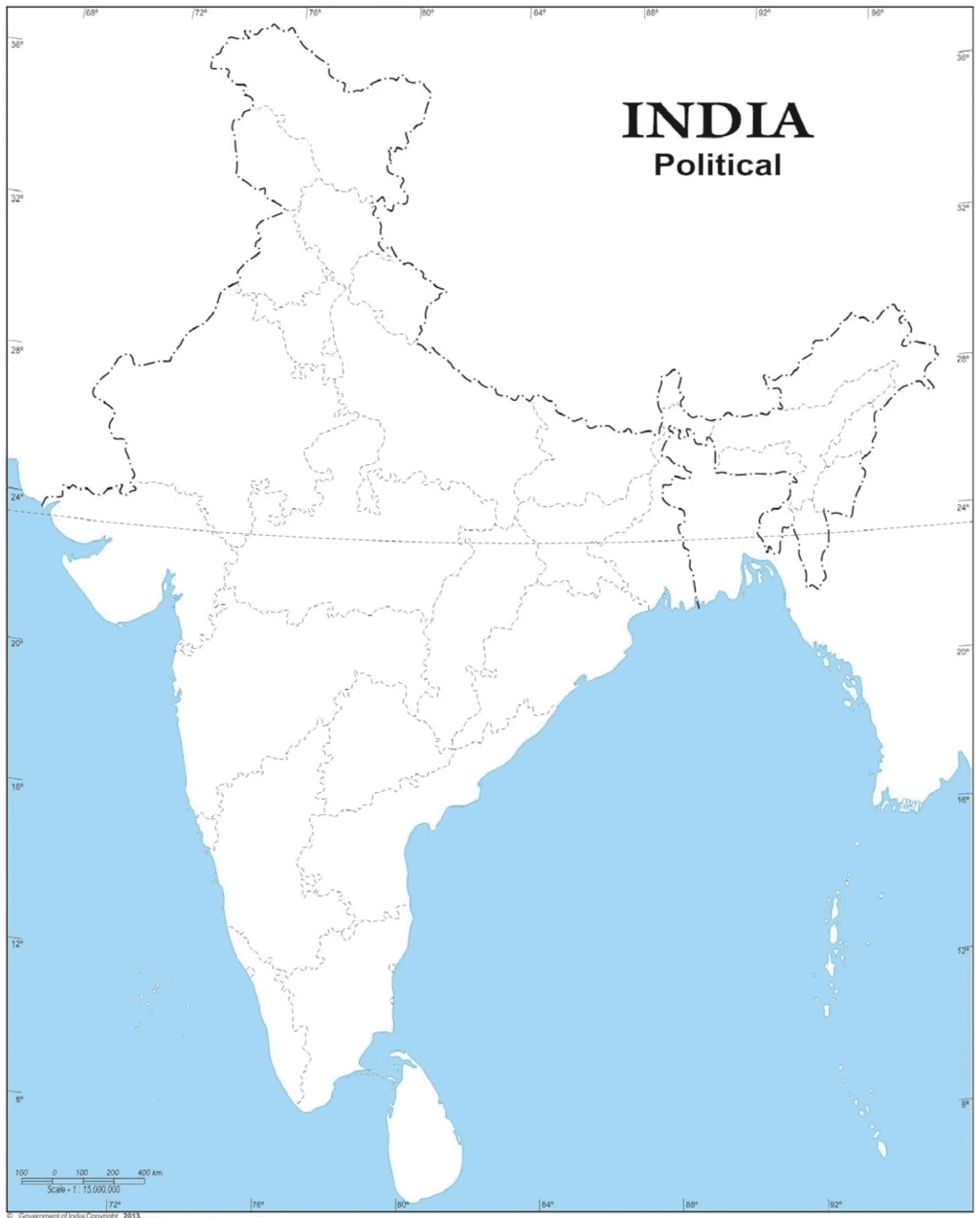
Ans:
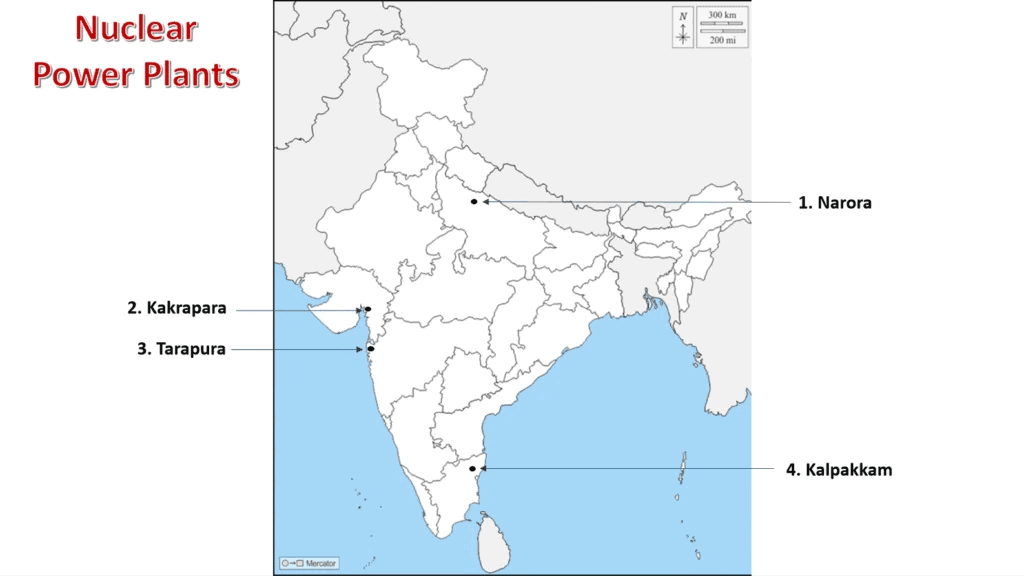
The document Map Based Questions: Minerals and Energy Resources | Social Studies (SST) Class 10 is a part of the Class 10 Course Social Studies (SST) Class 10.
All you need of Class 10 at this link: Class 10
|
66 videos|614 docs|79 tests
|
FAQs on Map Based Questions: Minerals and Energy Resources - Social Studies (SST) Class 10
| 1. What are the main types of minerals found in the Earth's crust? |  |
Ans.The main types of minerals found in the Earth's crust include metallic minerals (like iron, copper, lead, and aluminum), non-metallic minerals (such as gypsum, salt, and limestone), and energy minerals (including coal, oil, and natural gas). Each type plays a crucial role in various industries and energy production.
| 2. How are minerals extracted from the Earth? |  |
Ans.Minerals are extracted through various methods, including surface mining, underground mining, and placer mining. Surface mining involves removing the overburden to access minerals near the surface, while underground mining employs tunnels and shafts to reach deeper deposits. Placer mining is used for minerals found in riverbeds and involves washing away lighter materials to collect heavier minerals.
| 3. What is the significance of energy resources in modern society? |  |
Ans.Energy resources are vital for modern society as they power industries, transportation, and households. They are essential for economic growth, technological advancement, and improving living standards. Renewable energy sources, such as solar and wind, are increasingly important in addressing climate change and reducing dependence on fossil fuels.
| 4. What are renewable and non-renewable energy resources? |  |
Ans.Renewable energy resources are those that can be replenished naturally, such as solar, wind, hydroelectric, and geothermal energy. Non-renewable energy resources, like coal, oil, and natural gas, are finite and will deplete over time. Transitioning from non-renewable to renewable sources is crucial for sustainable development.
| 5. How can the extraction of minerals and energy resources impact the environment? |  |
Ans.The extraction of minerals and energy resources can lead to significant environmental impacts, such as habitat destruction, pollution, and climate change. Mining activities can result in soil erosion, water contamination, and loss of biodiversity. It is essential to implement sustainable practices and regulations to mitigate these effects and protect ecosystems.
Related Searches
















